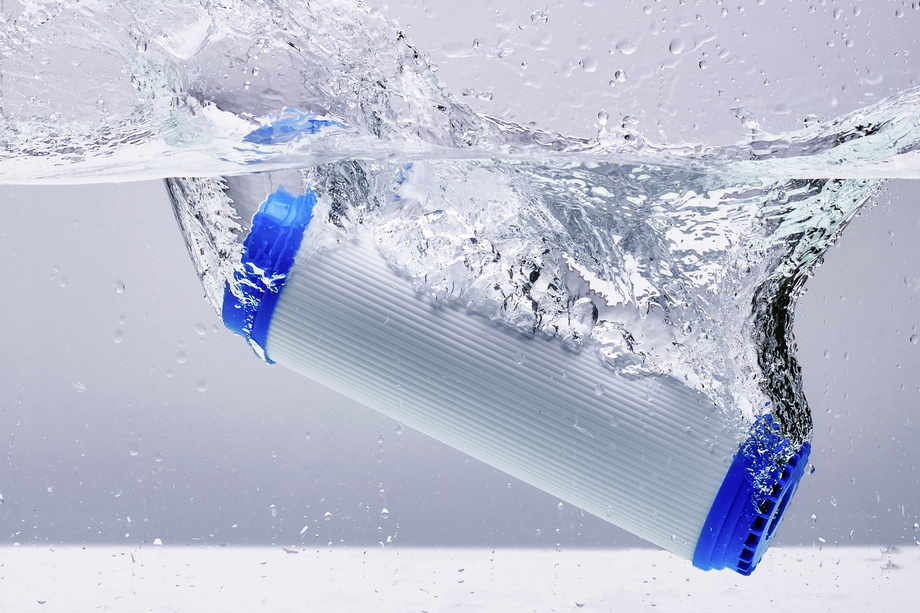The Amine Functionalization of Nanocellulose and its Application for PFAS Removal as Adsorbent-based Coagulant
Water shortages threaten the sustainability of human society and the efficient treatment of wastewater is required for recycling and discharge purposes. Wastewater released from textile and other industries generally contains toxic organic dyes and heavy metals, which may also cause substantial environmental problems. Among various technologies, adsorption has been considered as one of the most simple-implemented, cost-effective and highly efficient methods for wastewater treatment. In particular designing and fabricating high-performance adsorbents for a cleaner and more sustainable wastewater treatment is of great importance.
Cellulose scaffold, derived from glucose units with abundant hydroxyl sites, is biodegradable and non-toxic. This scaffold offers diverse routes for functionalization to enhance its ability to remove contaminants such as organic chemicals, dyes, and toxic metal ions from water. Cellulose is chemically modified to introduce cationic amine groups and C-H alkyl chains via a two-step reaction in water. These modifications transform cellulose into cationic dialdehyde celluloses (C-DAC), which exhibit high efficiency as adsorbents and coagulants for PFAS removal. C-DAC demonstrates rapid kinetics and strong affinity for both long and short-chain PFAS through electrostatic and hydrophobic interactions. Compared to traditional adsorbents like activated carbons, C-DAC shows particularly superior performance in removing short-chain PFAS compounds.

Source: amixstudio, https://stock.adobe.com/uk/239264395, stock.adobe.com
Low cost alternative to tradition PFA filters - Removes major PFAs from water - Efficiently adsorbs organic dyes and heavy metals
Water treatment plants - Home water filtration devices
Patent Pending
Development partner - Commercial partner - Licensing
Additional Information:
Patent Information:
| App Type |
Country |
Serial No. |
Patent No. |
Patent Status |
File Date |
Issued Date |
Expire Date |
|